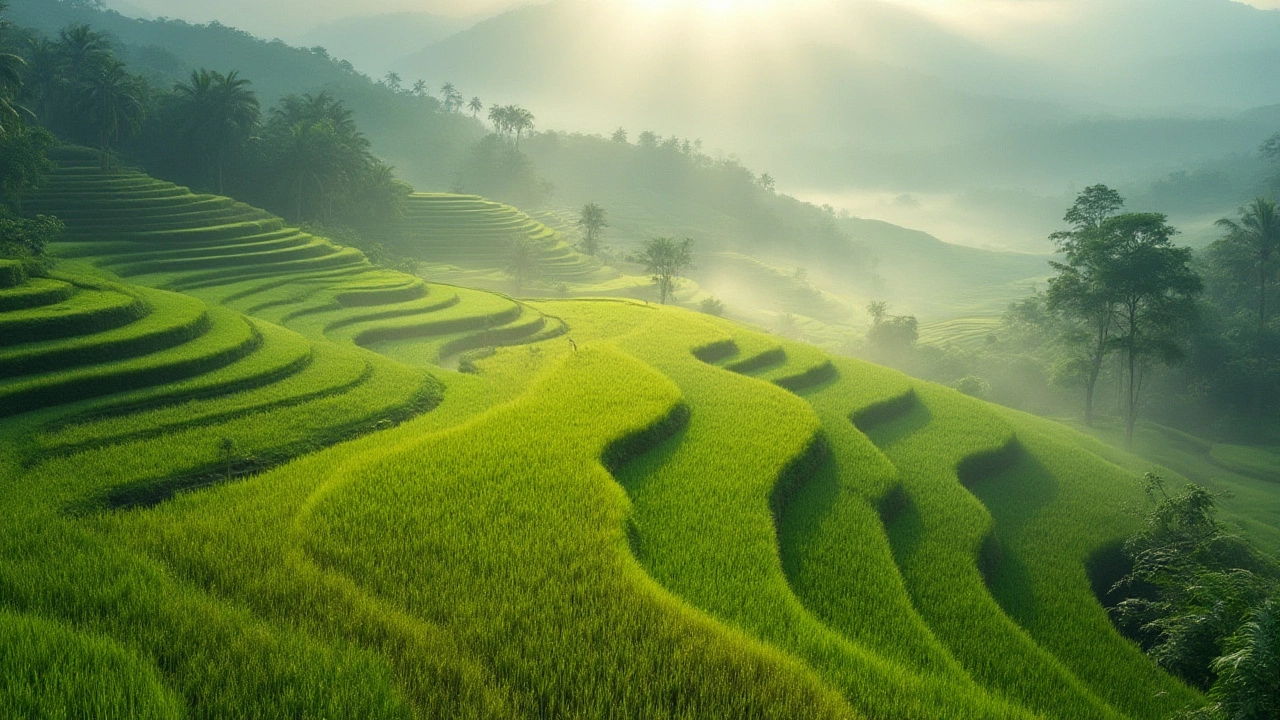Discover which landscapes give rice the best chance to thrive. Explore proven facts on topography, water management, and land tips to boost your rice harvests.
Wetland Rice: How India Grows Rice in Waterlogged Fields
When you think of rice in India, you’re likely picturing vast, green fields under water—that’s wetland rice, a type of rice cultivation where fields are intentionally flooded during growing season. Also known as paddy cultivation, it’s how over 80% of India’s rice is grown, feeding millions every year. Unlike dryland crops, wetland rice doesn’t just tolerate water—it needs it. The standing water keeps weeds down, cools the roots, and releases nutrients from the soil that plants can’t access otherwise.
This method isn’t random. Farmers time flooding with the monsoon, using natural rainwater where they can, and supplementing with canals or pumps where needed. The soil in these fields is usually heavy clay, which holds water well. But it’s not just about flooding—it’s about managing it. Too much water kills roots. Too little invites weeds. That’s why rice farmers watch water levels like a clock. They drain fields briefly before harvest to let the soil dry and the grains harden. This isn’t gardening—it’s precision farming shaped by centuries of local knowledge.
Wetland rice is tied to more than just food. It shapes village life, irrigation systems, and even local economies. In states like West Bengal, Punjab, and Odisha, entire communities revolve around the rice cycle. And while modern tools like drip irrigation are common for vegetables, wetland rice still mostly relies on traditional flooding because it’s the most cost-effective way to grow it at scale. Research into perennial rice, a type of rice that regrows after harvest without replanting is promising, but it’s still experimental. For now, farmers still plant every season.
What you’ll find in the posts below are real, practical insights from people who grow, study, and live with rice. You’ll see how water management connects to soil health, why some farmers switch varieties to beat droughts, and how even small-scale gardeners can learn from wetland rice techniques. There’s no theory here—just what works on the ground in India’s fields. Whether you’re a farmer, a curious gardener, or just someone who eats rice every day, this collection shows you how this crop really grows.
